I know you are all like me and you just don’t have a ton of time. You already have to plan all your lessons, prepare all of them, plan all your centers, go to meetings, and the list goes on and on.
For me, I always loved doing guided reading and I loved watching my students improve. But I needed the planning part to be simple. I needed the teaching part to be organized and easy. So, I am here today to share with you how I plan and organize my teacher led guided reading!
Organize Groups
All of my groups go by an animal name. I preassess them at the beginning of the year and then group them. I will change these groups each quarter if I need to based on assessments.
Organize Each Group Drawer
Each group has a drawer. I find it easiest to get actual drawers for each group because they store all of the books. Also, you can pull out the drawer and take it anywhere around the classroom or school making it simple for you!
In each drawer I have a folder, any books the students will be reading, dry erase markers, their sight word cards, and any word work materials they might need. In the folder I store the lesson plans on one side and any paperwork that is needed on the other.
In the teacher supplies part I put all of my materials for word work that I could use.
You can grab my drawer labels here for FREE! 🙂
Pick the Books
I try and plan out three or four meetings at a time. So, I will go and pick out four different books that my kids will be reading. I typically will use the leveled readers from my basal series, Reading A-Z books, books off of Teachers Pay Teachers, or books I have purchased from Scholastic.
If we are doing a novel with the group I will plan the whole novel at one time. This helps me see the bigger picture and allows me to not plan that group for a while.
Due to the fact that I am planning three to four sessions at one time I only need to plan for each group every other week. (I meet with each group twice a week)
Create Questions
I will go through the book and create my discussion questions. I either quickly read the story and create questions based on what we are learning in class or I use the discussion questions from the material or books that I picked.
For example, my basal series has discussion questions in the back of the books, so on my lesson plan I am just going to write “questions from back”. Reading A-Z has questions provided on cards you can print, so I would just write “question cards” and stick those cards in the folder. EASY is key!
My Focus
I always jot down in the new reading section of my plans what I want to focus on. If there is a specific student I want to read with that day or if I want to walk around to each person and focus on how they are sounding out their words. With my higher level kids or the ones reading novels I might stick with one question that I will go around to each student and ask. This will help me to check for understanding. My kids are all reading on their own, but I am walking around paying attention to my daily focus. I make sure to switch this focus every single meeting. I also make sure that I hit every kid for my focus kid each month!
Word Work
For this part I only choose the words I want them to focus on. So, I might go through the book and pick different words I want them to focus on. I also might look for one word family that pops out often and focus on that one. Lastly, if I notice from a previous meeting that the students struggled with a word family I might work on that. I just list my words. The activity I do with the words I will choose in the moment. We might only have time to use dry erase markers on the desks. But we might have time to pull out the letters and build words. I don’t pick the activity because it all depends on how the rest of the session goes, no reason to waste my planning time! 🙂 I put many different materials that could be used for word work in the teacher materials section of my drawers. This way I can just pull out what I feel would work best or what we have the most time for.
I also mark if I want to work on vocabulary and phonics. Many of my upper level kiddos don’t need phonics anymore, they understand it. So, in my word work section I will write down “vocab” and then my list of words. This lets me know I want to work with kiddos on context clues and understanding vocabulary instead of phonics.
Every three-four sessions I like to play a game during word work time. This is always a word building or vocabulary game, but it keeps our guided reading interesting! You can check out some of my vocabulary activities here!
Extras
*I also will put fluency flash cards or passages in the drawer for the fluency part for my students. I typically change this out every time I plan another three or four sessions. I find the passages here!
*If my students are working on a novel I always end with a book project. You can check out these book projects here!
*Sometimes instead of discussion questions we may fill out a graphic organizer or do a skill sheet on the reading for the day.
*My students keep their books and read them at home. When they come to meet with me the next time they bring the book back and then they get their new one. This provides a great resource for children to have at home and it works on repeated readings.
I do this process for all my groups. I make it very quick and simple and do not go into over planning it and focus more on the natural teaching!! I just make notes for myself so I am ready for that day!
If you want to check out the lesson planning sheet I use for guided reading you can find it here! Otherwise you can just jot your own notes down wherever!
Happy Guided Reading Planning!
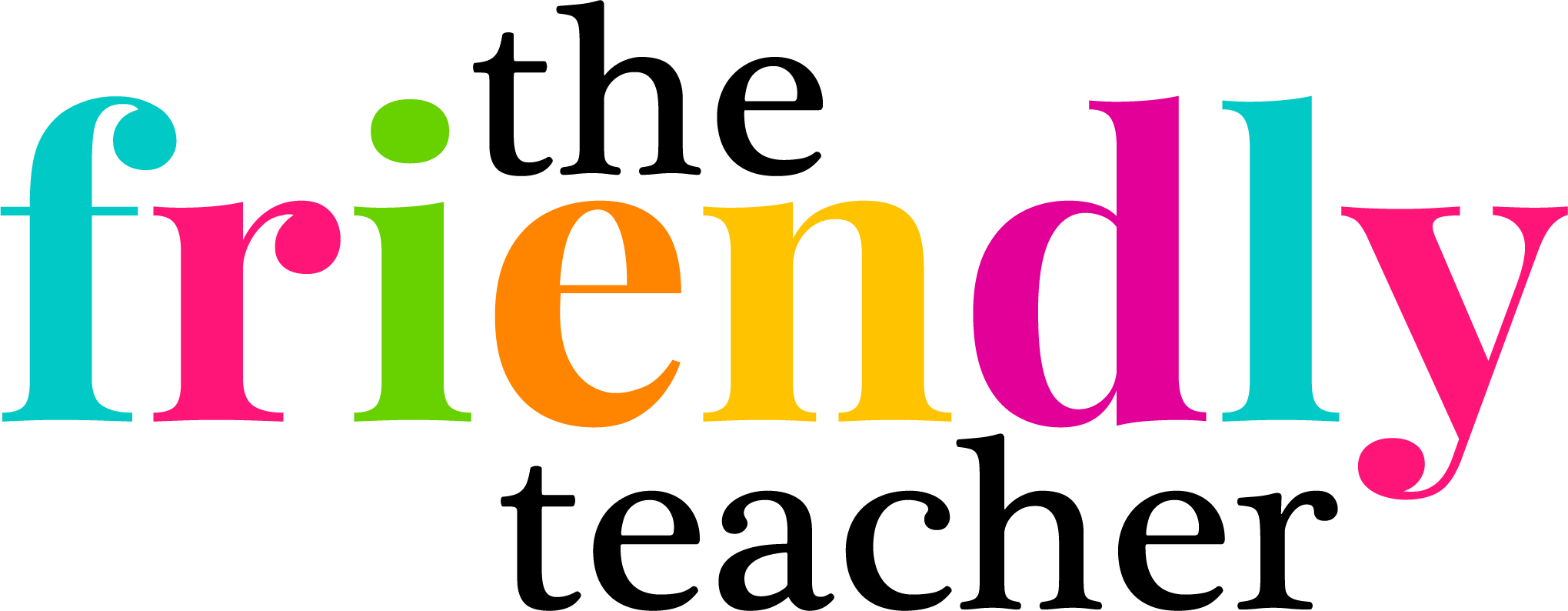


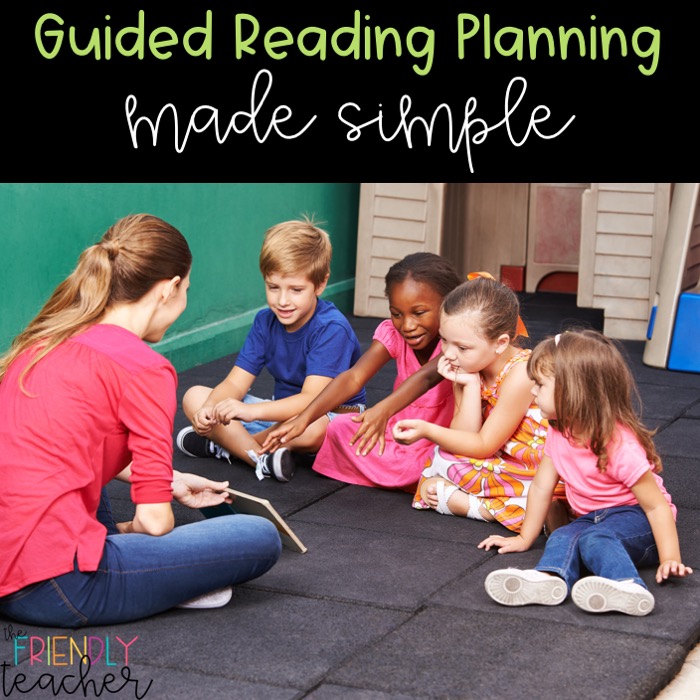



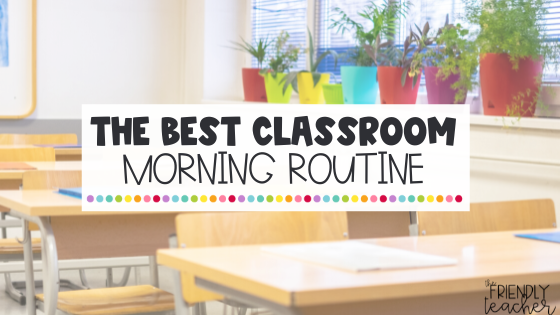

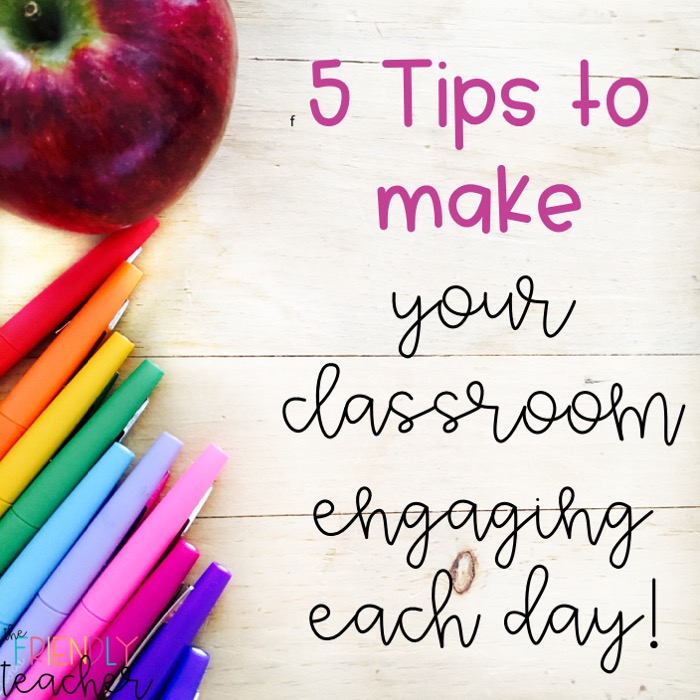
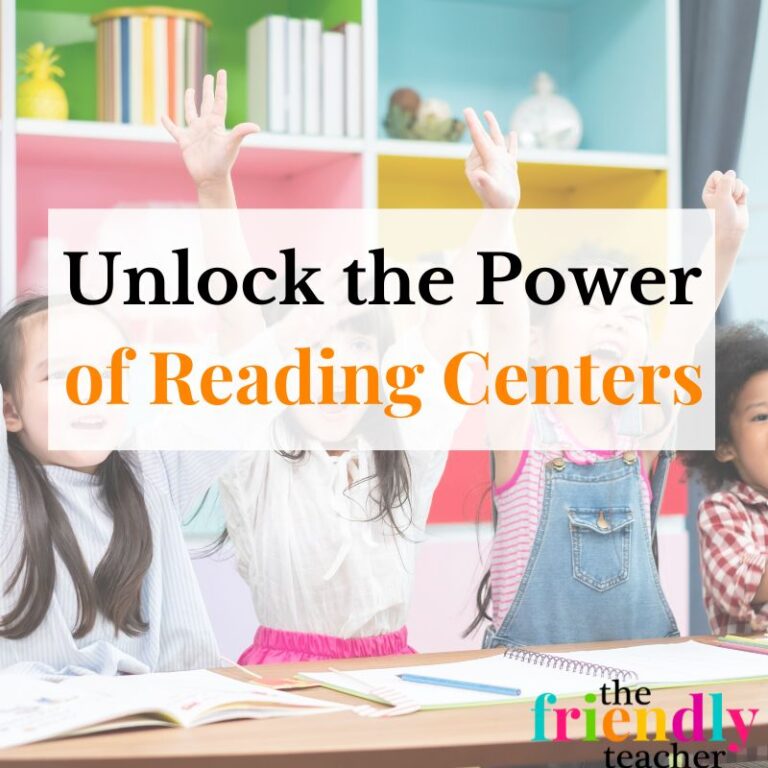
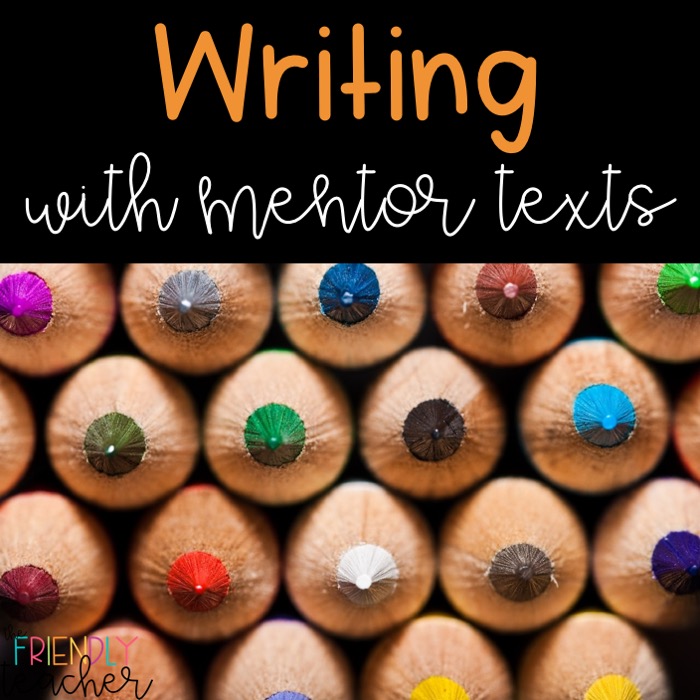
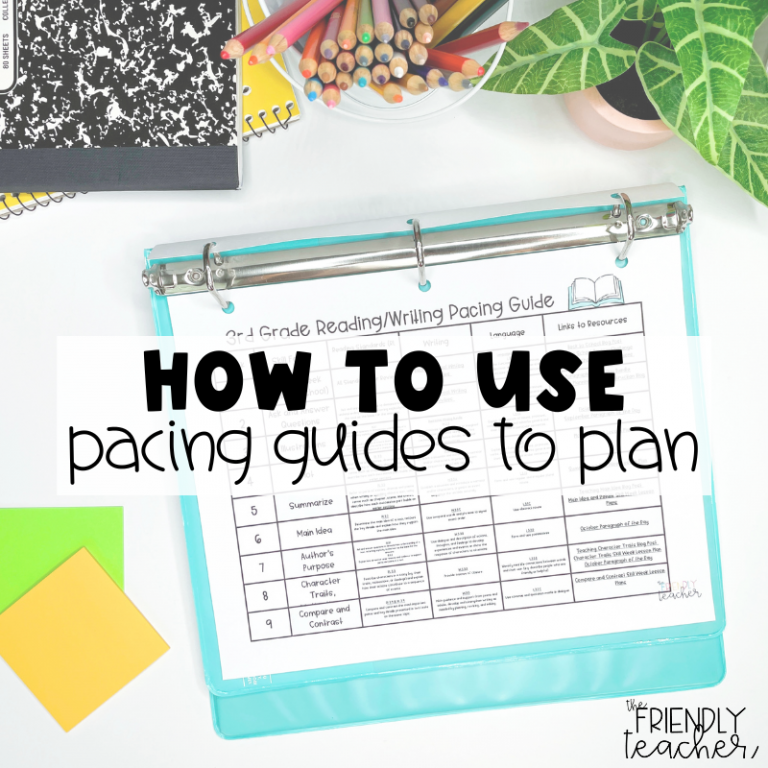
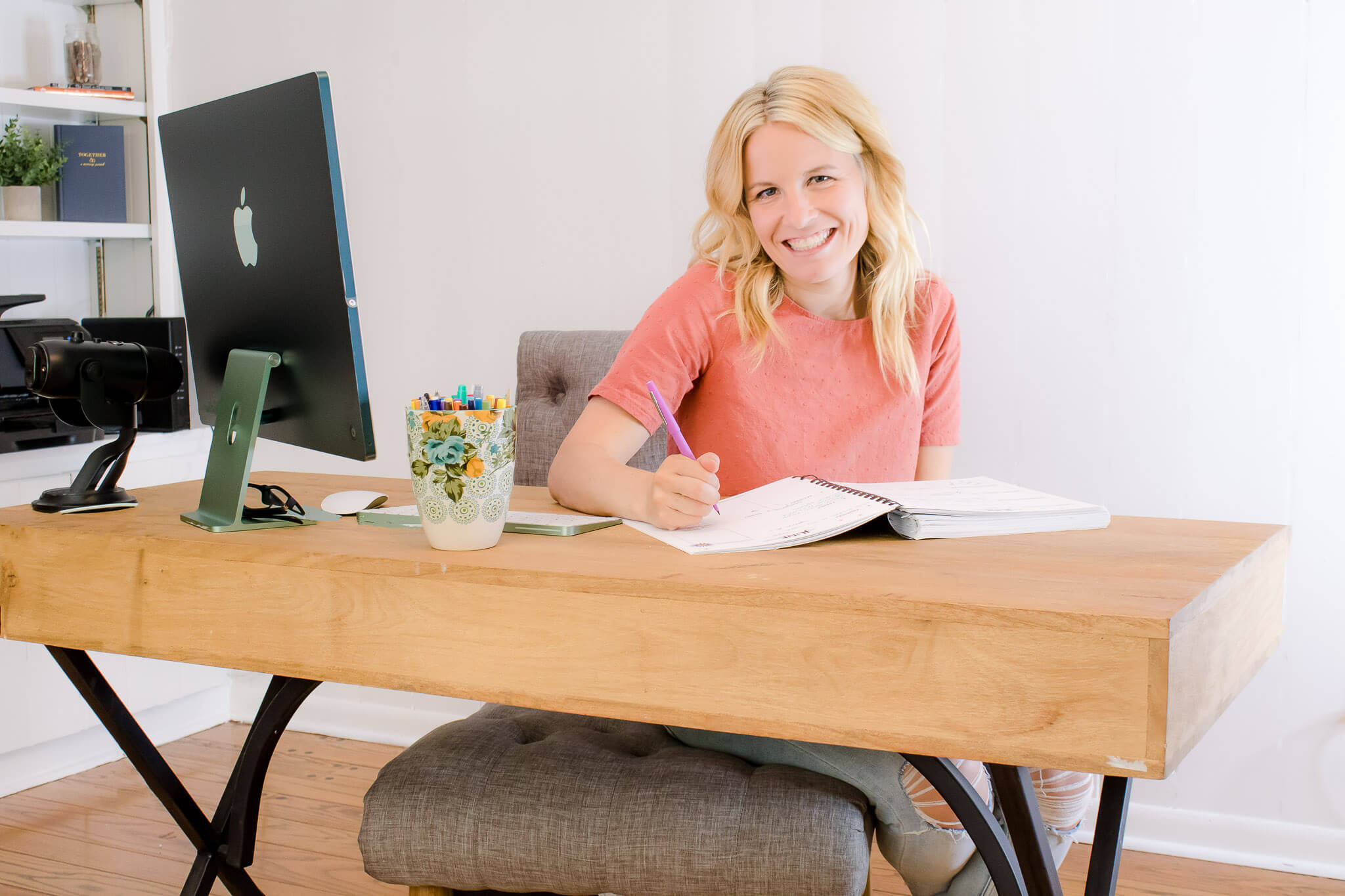
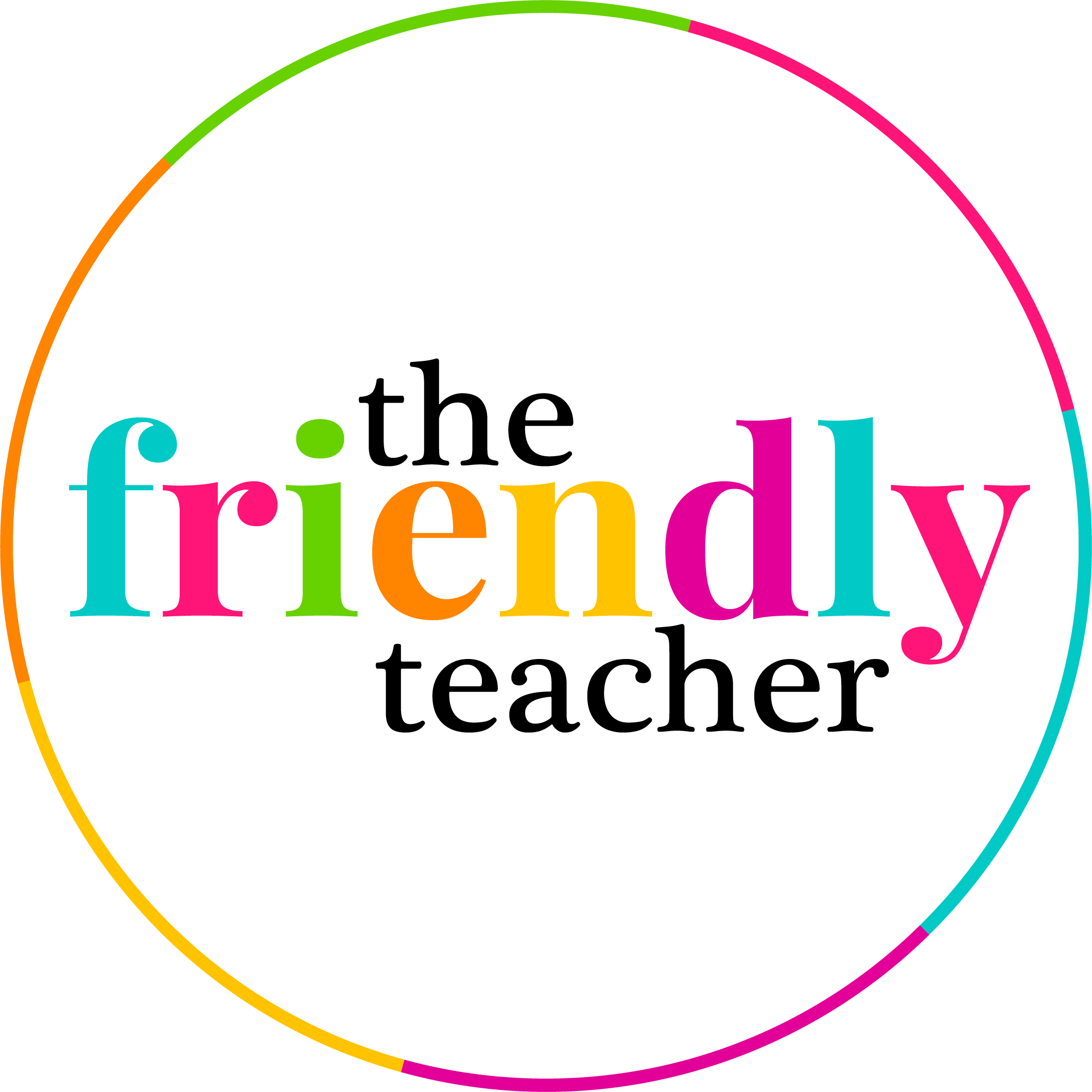
Hi there,
I am curious to know what you use to assess students to place them into reading groups?
Thank you:-)
We use a standard assessment called MAP for our entire school. I will use that and then I will also do fluency assessments each quarter.